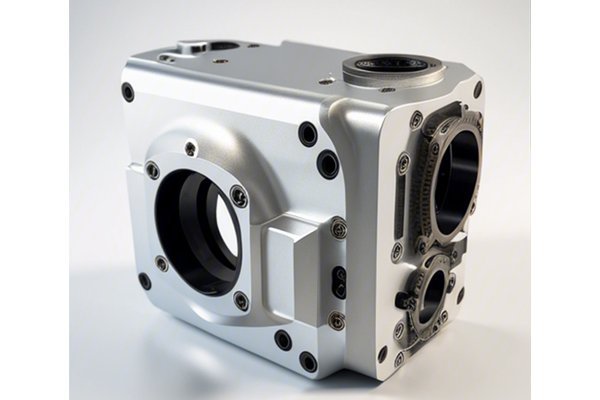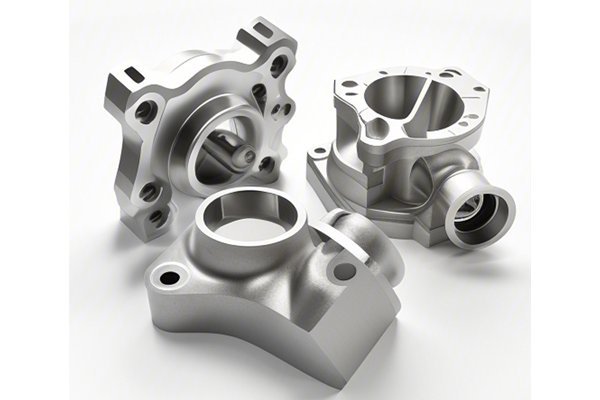Did you know that static electricity can cause significant problems in various manufacturing processes, particularly in CNC machining? In fact, studies show that up to 30% of quality issues in precision machining can be attributed to static discharge. This startling statistic underscores the critical role of anti-static treatments in CNC machining processes, which is where most manufacturers realize that implementing anti-static measures is not just beneficial, but essential for both process efficiency and product quality.
Understanding Static Electricity and Its Impact on Machining
What is Static Electricity?
Static electricity is a buildup of electric charge on the surface of objects, which occurs when two surfaces come into contact and then separate. In the context of CNC machining, static can accumulate on both the workpiece and the machinery itself, leading to various detrimental effects.
How Does Static Affect CNC Machining?
These issues highlight the importance of incorporating anti-static treatments into CNC machining processes.
The Importance of Anti-Static Treatment
Enhancing Product Quality
Anti-static treatments are vital for ensuring that finished products meet the stringent quality standards of modern manufacturing. By preventing the accumulation of dust and particles, the risk of surface defects is significantly decreased, leading to better overall surface qualities and finishes.
Reducing Operational Costs
Investing in anti-static solutions can reduce the need for rework and finishing processes, ultimately saving the manufacturer time and money. Consider the economic impact over time—lower rejection rates mean fewer resources wasted on remanufacturing parts.
Extending Equipment Life
By mitigating the potential damage caused by electrostatic discharge, anti-static treatments can help extend the life of CNC machinery and tools. This is a critical consideration for manufacturers looking to manage capital expenditure effectively.
Complying with Industry Standards
Many industries have regulations that mandate specific quality standards. Adopting anti-static treatments can help companies comply with such standards and prevent potential legal repercussions.
Understanding Anti-Static Treatments
Types of Anti-Static Treatments
Selecting the Right Treatment
Choosing the appropriate anti-static treatment depends on multiple factors, including:
Evaluating the Effectiveness of Anti-Static Treatments

Regular Audits and Inspections
Conducting periodic audits of anti-static measures is essential for ensuring ongoing effectiveness. This process may include checking the integrity of conductive mats, the functionality of ionization equipment, and the overall cleanliness of work areas.
Monitoring Static Levels
Utilizing static detection devices can help in monitoring the levels of static electricity present in the workshop. By establishing baseline measurements, companies can proactively identify when static levels exceed safe thresholds.
Feedback Mechanisms
Involving operators in the evaluation process is critical. Their direct experience with machining can shed light on how well anti-static measures are performing and highlight any areas for improvement.
Benchmarking
Implementing benchmarking against industry standards can provide insights into the effectiveness of anti-static treatments. Comparison with peer companies may reveal different methods or technologies that could enhance effectiveness.
Implementing Anti-Static Measures
Creating a Culture of Awareness
Cultivating an understanding of static problems in your workforce can encourage vigilance in maintaining anti-static measures. Providing training sessions and incorporating anti-static discussions into regular safety briefings can keep the issue top-of-mind.
Maintenance and Care Routines
Implementing a routine for maintaining anti-static equipment is crucial. Regular cleaning and inspection will ensure that all devices remain effective and in compliance with safety regulations.
Continuous Improvement
Encouraging proactive feedback and exploring new technologies will enable companies to remain on the cutting edge of static electricity management. Embracing innovation often leads to more effective and efficient methods for controlling static.
The Role of Technology in Anti-Static Treatments
Advanced Materials
Developments in nanotechnology have led to the creation of new materials with improved anti-static properties. These advancements could further minimize static buildup in challenging manufacturing environments.
Automation
As factories adopt Industry 4.0 technologies, automated systems can help monitor and manage static levels in real-time, allowing for immediate corrective actions when necessary.
Predictive Analytics
Using data analytics, manufacturers can model the conditions under which static electricity poses the greatest risk, enabling proactive countermeasures.
Case Studies: Success Stories
Aerospace Industry
A leading aerospace manufacturer implemented a comprehensive anti-static program, including ionizing blowers and conductive work surfaces. Within six months, they reported a 40% reduction in surface defects and a 30% improvement in operational efficiency.
Electronics Manufacturing
An electronics company utilized anti-static wrist straps and conductive mats at all workstations. This resulted in zero reported static-related incidents over a one-year period, significantly reducing their quality control costs.
In conclusion, the importance of anti-static treatment in CNC machining cannot be overstated. From enhancing product quality and reducing costs to ensuring compliance with industry standards, incorporating effective static management measures is a necessary investment for any manufacturer committed to excellence.
As we venture into an increasingly automated and technology-driven future, employing anti-static treatments will play a critical role in maintaining operational efficiency and guaranteeing product quality. As discussed, regular evaluation and continuous improvement of these treatments are paramount.
Thus, manufacturers must remain vigilant and proactive regarding static electricity management. Addressing this often-overlooked aspect can not only improve operational performance but also lead to substantial financial benefits. In a world where precision matters, anti-static treatments present an opportunity you simply cannot afford to ignore.






